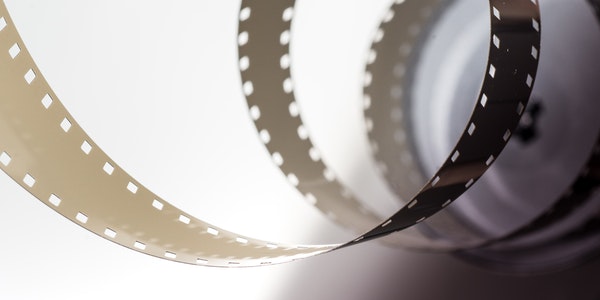Table of Contents
Brief overview
Montage theory is based on the dialectics of perceptual thinking and rational thinking, proposed by Eisenstein in the 1920s to study film characteristics and the principles of systematic film aesthetics and practical principles. It also refers to the theories about editing and sub-shots of world films. Refers to the Soviet film montage theory represented by Kulishov, Eisenstein, Pudovkin, Vertov, etc., especially Eisenstein’s “conflict theory” and Pudovkin’s “combination theory”.
The theory and practice of montage are the product of the combination of avant-garde spirit and revolutionary will. Russian filmmakers who have been baptized by the October Revolution actively devote themselves to the practice of film creation, and strive to use the weapons of film to inspire the masses and promote the revolution. At the same time, under the influence of avant-garde art at the beginning of the 20th century, especially Futurism and Constructivism, they focused on exploring new film languages and created a montage theory system.
Eisenstein’s montage theory emphasizes the characteristics of “struggle and conflict”: “the specific concept’emerges’ from the conflict of two elements”, revealing that the internal conflict of the juxtaposed lens can produce a third meaning: that is, the object or event. Evaluation. Pudovkin’s theory insists that montage is only a means of film realism, and advocates combining shots in the natural flow of images to form metaphors. Kurishov argued that the neutral shots of external actions, with the help of modeling methods and montages, can give different meanings to the simple actions of non-disguised and non-acting actors (see “Kurishov effect”) .
Vertov’s “Cinema Eye Theory” affirms that film cameras are more perfect than human eyes and advocates capturing life. At the same time, it emphasizes the association and combination function of montage (see “Cinema Eye Theory”), and advocates selecting film observation through montage For the most important moment, organize the material in accordance with the associative and rhythmic principles to strengthen the emotional appeal, and explain the events and political meanings in the film through the montage of text and images.
Definition
Montage means “cutting” in French, but in Russia it has been developed into a theory of lens combination in movies. In the paint and painting industry, montage is also a unique artistic technique and meaning of free-style painting.
When different lenses are spliced together, they often produce specific meanings that the individual lenses do not have when they exist alone. The way of writing in this way is also called montage.
Constitute
Montage generally includes two aspects: picture editing and picture synthesis. Picture composition: a unified picture work composed of many pictures or patterns juxtaposed or superimposed. Picture editing: The method or process of making this artistic combination is to arrange and combine a series of shots taken in different locations, from different distances and angles, and in different methods to narrate the plot and portray the characters.
significance
When different lens groups are connected together, it often has meaning that each lens does not have when it exists alone. For example, Chaplin’s shot of driving the workers into the factory gate is connected with the shot of the driven sheep. Pudovkin’s shot of the melting ice river in spring is connected with the shot of the workers’ demonstration. The lens shows a new meaning.
Eisenstein believes that the effect of connecting the anti-column shots together is “not the sum of two numbers, but the product of two numbers.” With the role of montage, movies enjoy great freedom of time and space, and can even constitute movie time and movie space that are inconsistent with the time and space in actual life. Montage can produce a third type of action besides actor action and camera action, thereby affecting the rhythm of the film.
As early as the film came out, American directors, especially Griffith, noticed the role of film montage. Later Soviet directors Kurišov, Eisenstein, and Pudovkin successively discussed and summarized the laws and theories of montage, forming the montage school, and their related works had a profound impact on film creation.
Main functions of montage
- Through the segmentation and assembly of shots, scenes, and paragraphs, the selection and selection of materials are carried out to make the content of the presentation clear and to achieve a high degree of generalization and concentration.
- Guide the audience’s attention and stimulate the audience’s associations. Although each shot only shows a certain content, the combination of shots in a certain order can regulate and guide the audience’s emotions and psychology, and inspire the audience to think.
- Create unique movie time and space. Each shot is a record of real time and space. After editing, it realizes the reconstruction of time and space and forms a unique film and television time and space.
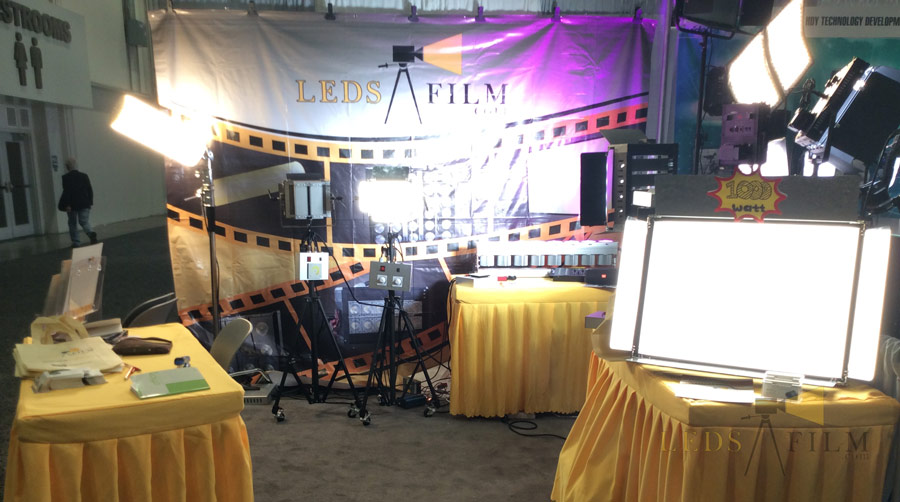
By means of montage, the narrative of the film obtains great freedom in the use of time and space. A single technique (or direct jump in) can jump from Paris to New York in space, or span several decades in time. Moreover, through the juxtaposition and intersection of the movements of two different spaces, it can cause tension and suspense, or show the relationship between characters in two places, such as lovers’ love in two places. Montages at different times can repeatedly depict the connection between the characters’ past psychological experiences and current inner activities. This freedom of time-space transformation has made the film a great way for novelists to express life freely.
The use of montage allows film artists to greatly compress or extend the actual time in life, creating the so-called “movie time” without giving people the feeling of going against the actual time in life. But it should be noted that the grasp of montage cannot be too long, otherwise it will be boring, and it must not be too short, which will make people feel rushed.
Montage’s ability to manipulate time and space allows the film artist to extract what he thinks best clarifies the essence of life, best describes the character, the relationship between the characters, and even the part that best expresses the artist’s own feelings based on his analysis of life. , Combined together, after decomposition and combination, the most important and inspiring parts are retained, a large number of trivial trivialities are discarded, and life is refined by removing the waste, and obtaining the most vivid narrative and the richest appeal. .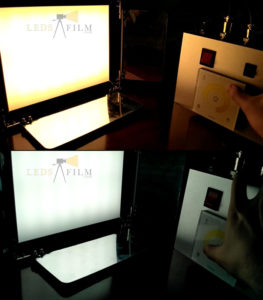
Griffith, in “Party Together, Facing Differences”, showed that when the innocent husband in court looked at the pain of his convicted wife, he only focused on photographing her convulsive hands. In “The Red Detachment of Women”, Qionghua saw the landlord Nan Batian and fired in violation of the reconnaissance discipline. The next shot was the captain shooting the handed Qionghua’s gun on the table, avoiding reporting to the company commander. after. The action is interrupted, but the plot is continuous, and the relationship between the characters is developing. The function of this kind of decomposition and combination gives the film a highly concentrated and generalized ability, so that a film of less than two hours can introduce a person’s life like “Citizen Kane”, involving decades of social changes.
Montage also has two important functions that cannot be denied. One is to make the film freely use alternate narrative angles, such as from the author’s objective narrative to the subjective representation of the character’s heart, or to see a certain state of affairs through the eyes of the character. Without this interchange, the narrative of the film would be monotonous and clumsy. The second is to influence the audience’s psychology through the rhythm of the lens change movement.
The various functions of montage have convinced generations of film artists and theorists that “montage is the foundation of film art”, “without montage, there will be no movies”, and believe that movies should adopt a special way of thinking-montage thinking.
The Birth and Development of Montage
Born
When the Lumiere brothers made the earliest film in history at the end of the 19th century, he didn’t need to think about montage. Because he always put the camera in a fixed position, that is, the distance of the panoramic view (or the distance between the middle row of the audience in the theater and the stage), and shot people’s movements from start to finish in one go.
Later, it was discovered that the film could be cut and glued with medicine. So someone tried to place the camera in different positions and shoot from different distances and angles. They found that various lenses with different connection methods can produce surprisingly different effects. This is the beginning of the montage technique, and also the beginning of the film’s freedom from the shackles of the narrative and performance means of the stage play, and the beginning of its own independent means.
In the history of general film, the origin of the split-shot shooting is attributed to Edwin Bout of the United States, who believes that his “The Train Robbery” screened in 1903 is the beginning of the “movie” in the modern sense, because he puts different backgrounds, Including the platform, the driver’s cab, the telegraph room, the train car, the valley and other interior and exterior scenes, they are connected to tell a story. This story includes several action lines. However, it is universally recognized that Griffith has mastered the skills of different lens combinations, which finally frees the film from the performance method of drama. Montage has developed considerably during the silent film period.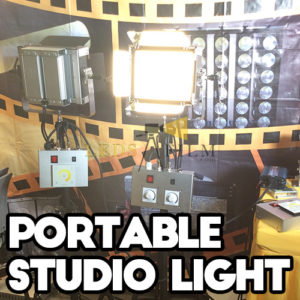
Theoretical School
The Montage School appeared in the Soviet Union in the mid-1920s, represented by Eisenstein, Kurišov, and Pudovkin. They sought to explore new film expression methods to express the revolutionary film art of the new era, and their exploration Mainly focused on the experiment and research of montage, he created the system theory of film montage, and applied theoretical exploration to artistic practice, and created the “Battleship Potemkin”, “Mother”, “Land” and other examples of montage art. It constitutes the famous montage school.
Sound and color
In addition, some people think that montage is a product of silent movies, and has no place in the soil of sound movies. Facts show that although audio has restricted the use of certain montage methods, the film has changed from a purely visual art to an audio-visual art, and the characters on the screen become a complete visible and audible image, which greatly expands the scope of montage. .
Sound is added to the picture. Since then, montage is not only the relationship between picture and picture, but also the relationship between sound and sound, sound and picture. The so-called sound includes human voice, natural sound and music. The human voice also includes lines, commentaries, inner monologues, and the noise of the crowd. Therefore, the combination of picture and sound involves various combinations of picture and human voice, natural sound, and music, and the combination of sound and sound involves the combination of these kinds of sounds.
Due to this complexity, the sound composition and sound and picture composition of the film have infinitely rich possibilities, and open up an infinitely vast new world to the audio-visual art (see movie sound). Movies have developed from black and white films to color films, and color has become one of the means of film expression. The new subject of color montage brought to the film has once again enriched the world of film montage.
The Controversy and Development of Montage Hand Posting
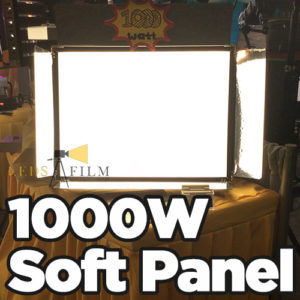
After the Second World War, French film theorist Andre Bazin (1918—1958) raised objections to the role of montage, believing that montage imposes the director’s point of view on the audience, restricts the ambiguity of the film, and advocates the use of depth of field Shots and scenes are scheduled for continuous shooting of long shots to produce films, thinking that in this way, the integrity of the plot space and the real time flow can be maintained.
But the role of montage is undeniable. Film artists always use both montage and long-shot methods for film creation. Some people think that long shots actually use camera actions and actors’ scheduling to change the scope and content of the shots, and call them “internal montages.”
The big aspects of montage can be divided into performance montage, narrative montage and rational montage, which can be further subdivided into psychological montage, lyrical montage, parallel montage, cross montage, repeat montage, contrast montage, metaphor montage, and so on.
(To Be Continued)
